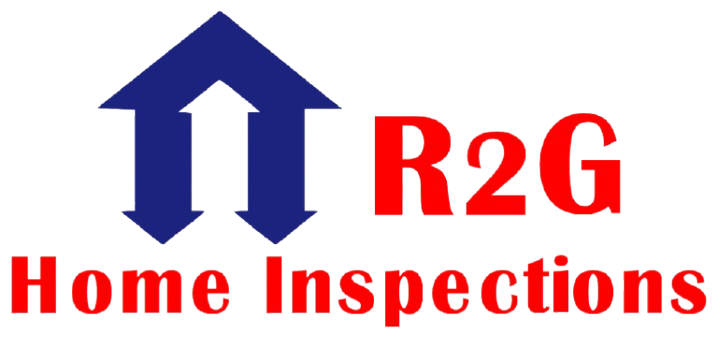Please note that depending on the size of the home, additional testing locations may be necessary, which could impact the total cost.
Contact R2G Home Inspections today to schedule an appointment and ensure a safe and healthy environment for you and your family.
Request for additional information
10% discount for military, medical, educational, and social services.




